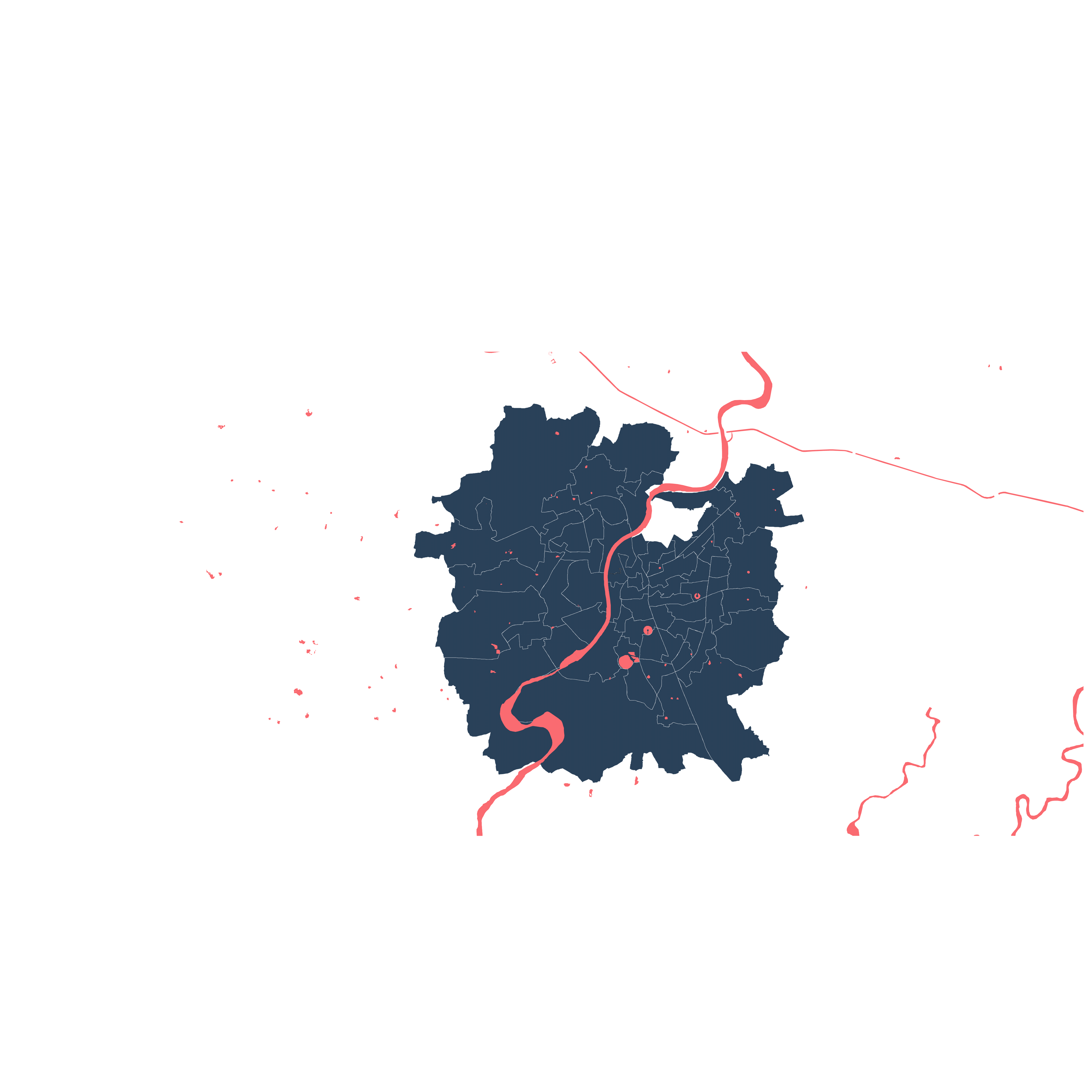Simultaneous Stories So Far...
Urban Assemblies: the vacancy Phenomenon
Greenbelt of Ahmedabad
Planning process byproduct

Story so far
Productive Landscapes | himalay zaveri



Productive Land - A plan for the defunct mill lands
For the majority of us, our position within the city and our connection to Mill Lands is almost like a cult. We believe in its mythos and we believe in the space and time it exists in. Many of us have little choice in the matter – our only other alternative is moving outside of the city to seek work, settlement or some kind of existence in the country. The post-industrial landscape is no-one’s preferred option.
The problem is that the very fabric of the city is holding us to our city’s past. Vacancy of vacant land in the heart of the city is an important indicator that the value of the city is in decline, that the value of property and land is falling to the point where land is beginning to be dumped with little regard to the people who lived on it. People are abandoning our city, in favor of places with more growth opportunities, more potential, more resources and less precarious, unstable or infertile land.
So, what can we do to turn this around? Can vacancies be productive?
This vacant mill land should be seen as launchpads for the area. These lands are essential locations that could be used to bring a cultural shift, where the current trends of the local practices like smaller mobile industries could use these lands. a vision for creating a productive land could include an anchor program that incorporates new attitudes relating to employment opportunities in the city. Considering the scale and the current scenarios of most of the empty mill lands those lands can be used in a better way to also decarbonize our neighbourhoods, for ecological regeneration through methods of urban agriculture. We can use the existing landscape as activity generators then these green open spaces can be more inclusive in inviting people and be more diverse in its outlook.
This vacant mill land should be seen as launchpads for the area. These lands are essential locations that could be used to bring a cultural shift, where the current trends of the local practices like smaller mobile industries could use these lands. Envisioning new productive landscapes that incorporate new attitudes scenarios of the empty mill lands, they ecological regeneration through methods of urban agriculture. We can use the existing landscape as green activity generators. These vacant lands which are past relics/symbol of economic prowess of the city can be used to redefine socio-economic and cultural development in the city.
Efficient land utilization of the defunct mill lands - These mill lands which were once the major economy generators can again serve the purpose by making this land available for local practices.
Decarbonize our neighborhoods - Decarbonizing our cities means decarbonizing our neighborhoods and giving them a human face. How can we go about this? Through inclusive, low-cost and sustainable architecture. It's also about rethinking the traditional building design and urban form to encourage sustainable lifestyles, an approach that's under threat today with the rising cost of living.As per the locations and scale of the defunct mill lands these empty parcels of land can contribute to reduce the heat island effect in the cities.
Ecological regeneration - The idea of "ecological regeneration" is a re-appropriation of the term regeneration, which refers to new growth or renewal in the context of nature. In the present context, it refers to the processes of production, distribution, and consumption of urban space which are organized through an economic, social, and political system of commodity relations. The aim of such a work was to question the ethics and aesthetics of urban life by merging issues of ecology, space and power in order to challenge the complicity of modern urban life with the destruction of nature and the resulting ecological crisis.
Employing the local industries - The productiveness of land can also be generated through introducing various interventions which can help sustain the local practices. Employment opportunities in urban agriculture remain promising as available employment opportunities far outweigh those in traditional employment, be it in fields of farming, maintenance and retailing.
Transforming mill lands for ecological welfare, energy conservation and providing employment and livelihood opportunities for the poor. These highly contested lands which are currently under liquidation, their vacancies will be preserved by using its potential of productiveness.










